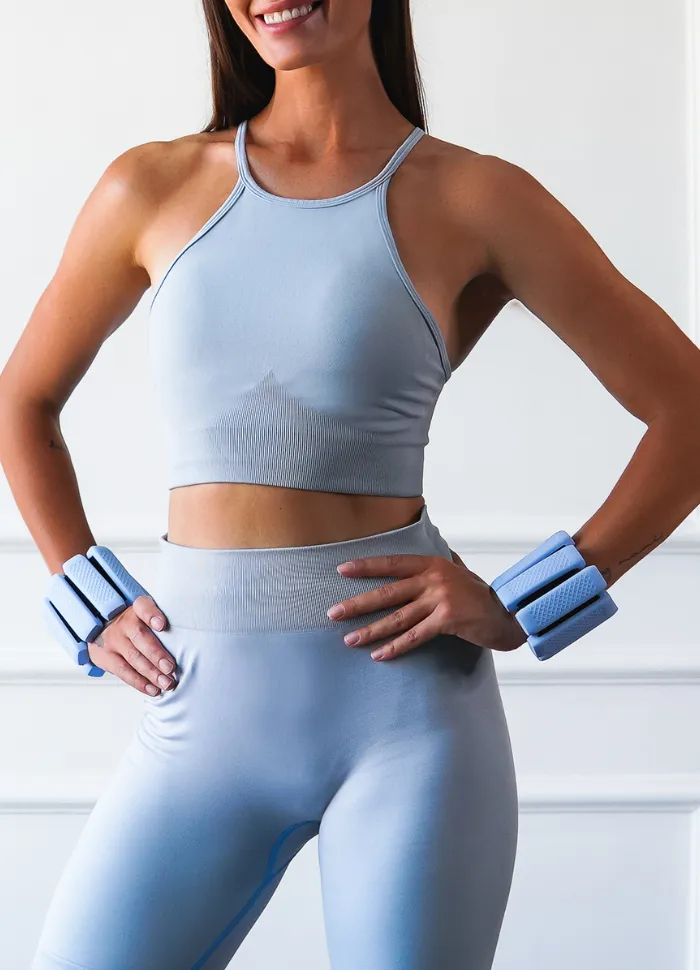Walking with Weights: A Guide to Boosting Your Cardio
Hand Weights vs. Wrist Weights: Which is Right for Your Walking Routine?


Ever wondered how to elevate your daily walk to a more intense workout? Enter the world of walking with weights. It's like giving your walk a little "oomph" – a sprinkle of intensity, if you will.
Why Add Weights to Your Walk?
Enhanced Calorie Burn: By adding weights, we're increasing resistance. And with increased resistance comes a higher calorie burn. Think of it as getting more bang for your buck during your walk.
Improved Muscle Tone and Strength: Weights don't just burn calories; they also help in toning and strengthening muscles. Your arms, shoulders, and core get a workout, not just your legs.
Better Balance and Posture: Walking with weights can also improve your balance and posture. It's like having a mini gym session while enjoying the great outdoors.

Types of Weights for Walking
Wrist Weights: Wrapped securely around your wrists using velcro straps. Their strategic placement amplifies the engagement of your arm and chest muscles, making every arm swing count.
Ankle Weights: Similar to wrist weights but designed for your legs, ankle weights strap around your ankles. They challenge your leg muscles, especially the quadriceps, ensuring that each step you take is a step towards stronger legs.
Hand Weights: These are the classic weights you grip, like dumbbells. Holding them while walking not only strengthens your arms but also promotes better posture and balance. Plus, they're versatile – you can easily integrate various arm exercises into your walking routine.
Tips & Best Practices
Choosing the Right Weight: It's tempting to go big, but start small. We recommend beginners start with 1-2 pounds and gradually increase as they become more comfortable. How do you know that you are using the right weight? If you can complete your walk without excessive fatigue or pain, you're on the right track.
How Often to Walk with Weights: Start with 2-3 times a week and adjust based on comfort and endurance.
Maintain Proper Upright Posture: Breathe steadily and maintain an upright posture. Keep your shoulders relaxed and even. Keep your gaze forward, head and neck neutral. Imagine cradling an egg beneath your chin to maintain a tucked chin. Swing your arms naturally and avoid any jerky movements. Remember, it's not about speed but consistency.
Engage in Natural Arm Movements: The motion should originate from your shoulders. Your elbows should move past your shoulders on the backswing and align with or slightly surpass your ribcage on the forward swing.
When to Take a Break: Listen to your body. If you feel any pain or discomfort, it's time to take a break. There's always tomorrow, right?
POLYFIT FOUNDATION
© Copyright 2025. All rights reserved.

